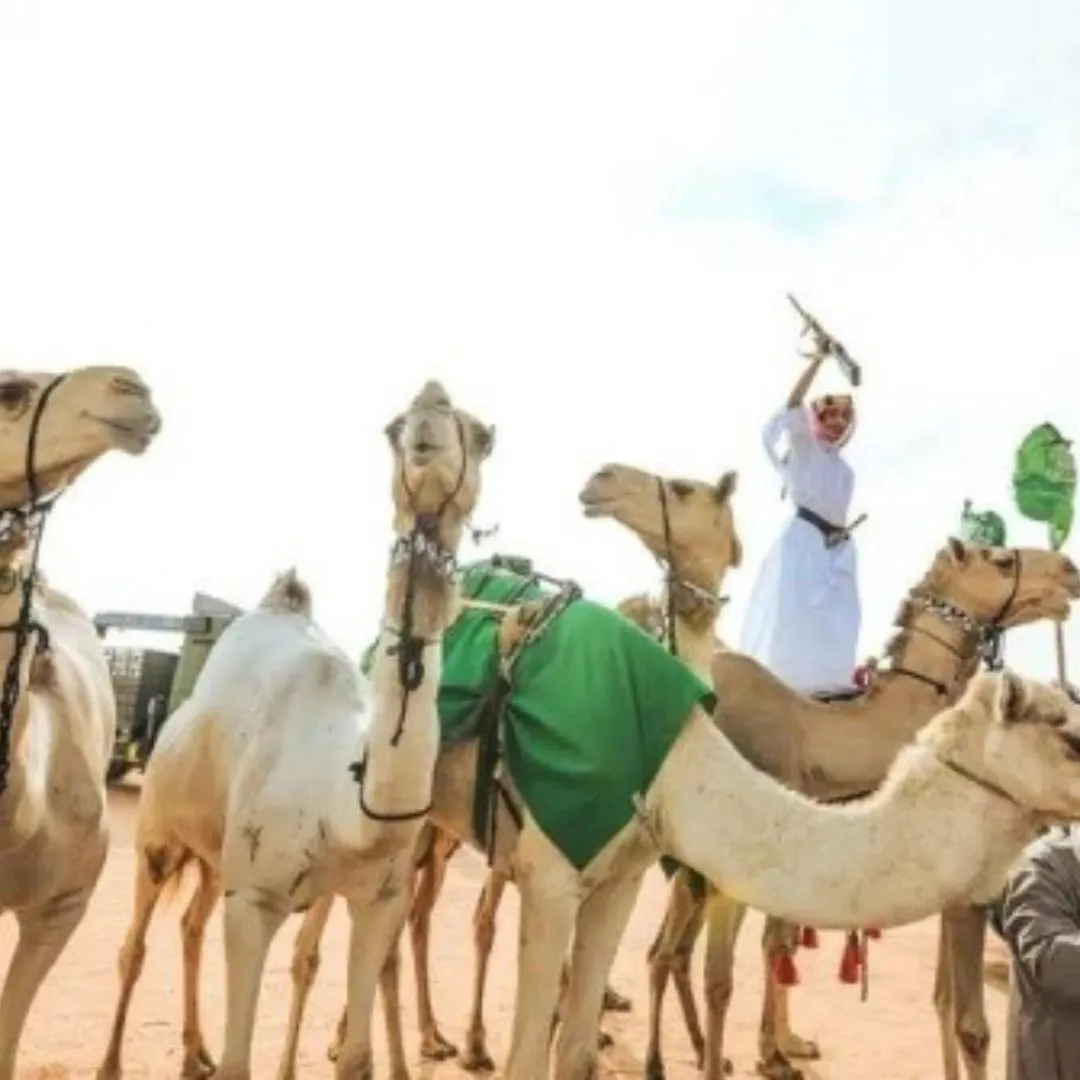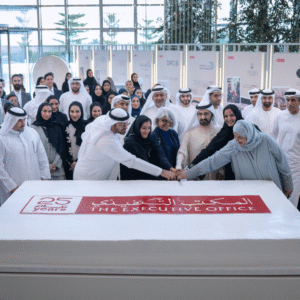The Saudi camel leather market has emerged as a thriving industry, capitalizing on the country’s rich tradition and the global demand for high-quality leather. Camel leather, known for its durability, unique texture, and environmental benefits, has become a highly sought-after material, not only within Saudi Arabia but also on the international stage.
Camel leather is distinct from other types of leather, such as cowhide, due to its unique qualities. It is tougher, more resistant to wear and tear, and has a distinctive grain pattern that makes it particularly attractive for luxury goods. This durability, combined with its natural beauty, has made camel leather a popular choice for high-end products like handbags, shoes, and accessories. The growing preference for sustainable and eco-friendly products has further boosted its appeal, as camel leather production tends to have a lower environmental impact compared to other types of leather.
In Saudi Arabia, camel leather has deep cultural significance. The country, with its long history of camel breeding and utilization, has been able to leverage this resource to create a niche market. The leather is primarily sourced from the country’s vast camel population, which has been carefully managed to ensure sustainability. The production process involves traditional methods passed down through generations, combined with modern techniques to enhance quality and meet international standards.
The market’s annual valuation of approximately $98.7 million reflects the strong demand for Saudi camel leather. This demand is driven by both domestic consumers, who value the cultural heritage associated with camel leather, and international buyers, who appreciate its unique qualities. The leather is exported to various countries, where it is used by designers and manufacturers to create exclusive products.
The success of the Saudi camel leather market has also been supported by government initiatives aimed at promoting local industries and diversifying the economy. By investing in the leather industry, Saudi Arabia has been able to create jobs, support small businesses, and enhance its export capabilities.
As the market continues to grow, Saudi camel leather is poised to become even more prominent on the global stage, reinforcing the kingdom’s reputation for producing high-quality, culturally significant products.









